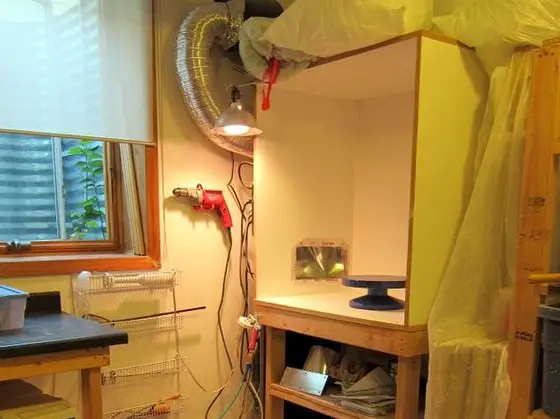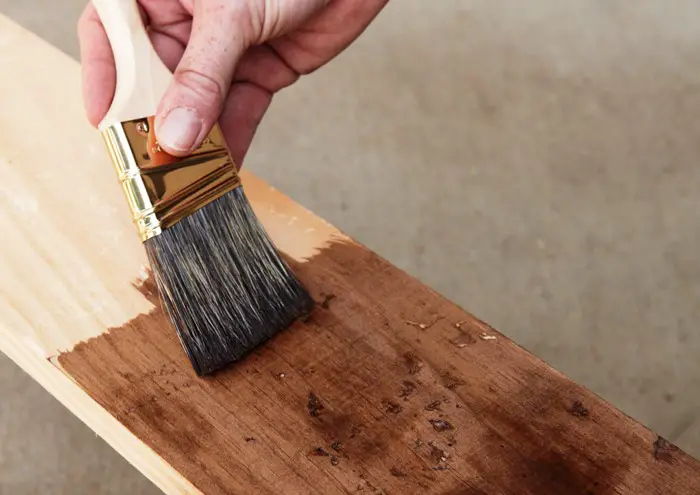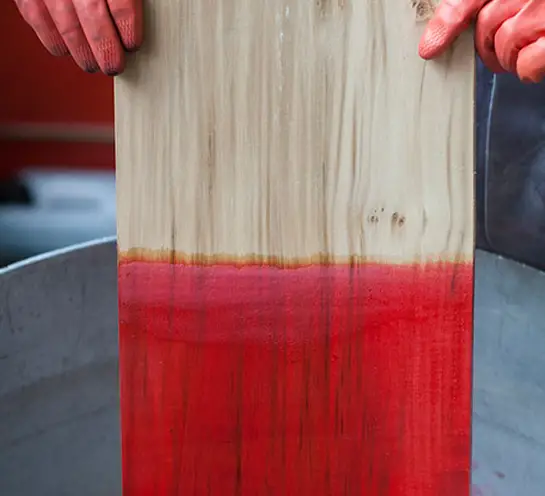Woodworking and furniture products are not just made in large factories or as mass production. Small, woodworking workshops are preferred when we want very small units or series. There are plenty of woodworking workshops or small factories, which are more on the craft side of the industry. All these craftsmen share a great passion for wood and manage, with a few machines and minimal equipment, to make real wonders. There is a lot of information and recommendations for small workshops in terms of tooling, machining machines, software, which I will not go into here. Starting from the workshop stage with everything it needs, I will tackle the finishing part.

It is important for these workshops to work with simple technologies and materials that are easy to apply and do not create problems, even with environmentally friendly materials.
Very suitable are materials that can be applied simply with a brush, cloth or sponge.

Another very useful application that can solve many problems is imersia. For best results, it is best to use products specially formulated for immersion application. An object dipped in an ordinary product will leak and the finish will be non-uniform. If it is dipped in a special dipping product it will not have these defects.

The same applies to the other application methods. For example, if you brush on a thixotropic productThe paint will not spread very well in the first place, and after drying the brush marks will remain visible.
Water-based and environmentally friendly materials are best suited.
Another condition that finishing materials must meet is that they must be as safe as possible, as a workshop does not have the facilities and fittings of a factory. Highly valued are water-based and eco-friendly products (beware, not all water-based products are also eco-friendly). Technologies should be simple and drying times as short as possible.
Waxes and oils are easiest to apply.
The easiest to use in workshop conditions are the heavens and oils. Their application is simple and the result is great. There are now both waxes and water-soluble oils that have the same end result as their solvent-based versions.
Staining can also be done using water soluble products. There are products which, when added to berries, reduce absorption into wood and drying time. This means that the wood fibre will rise less and polishing will be easier.
Do not buy materials in large packaging.
It is advisable that finishing materials are not in large packages. As the original packaging is open, the material may deteriorate over time and change its characteristics. If the product is water soluble this risk is even greater.
Create different areas for the operations you do.
As far as possible, the machining area should be separated from the finishing area because dust in the atmosphere will spoil the finish. Even in the finishing area it is good to have a separation of the application area from the part drying area. For spray applications it is preferable to have a spray booth with water curtain or dry filter. Ventilation in the drying area is important, especially when using water soluble products.
I hope these details will help you avoid as many of the situations that create problems in your small workshop as possible.
Good to read also about when the lake is not to blame or about other wood finishing techniques.



























Add comment